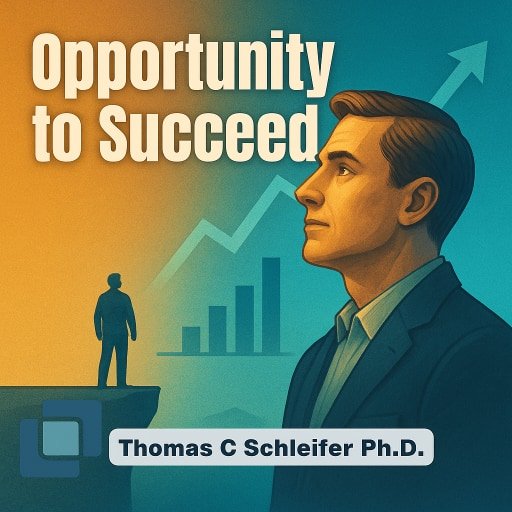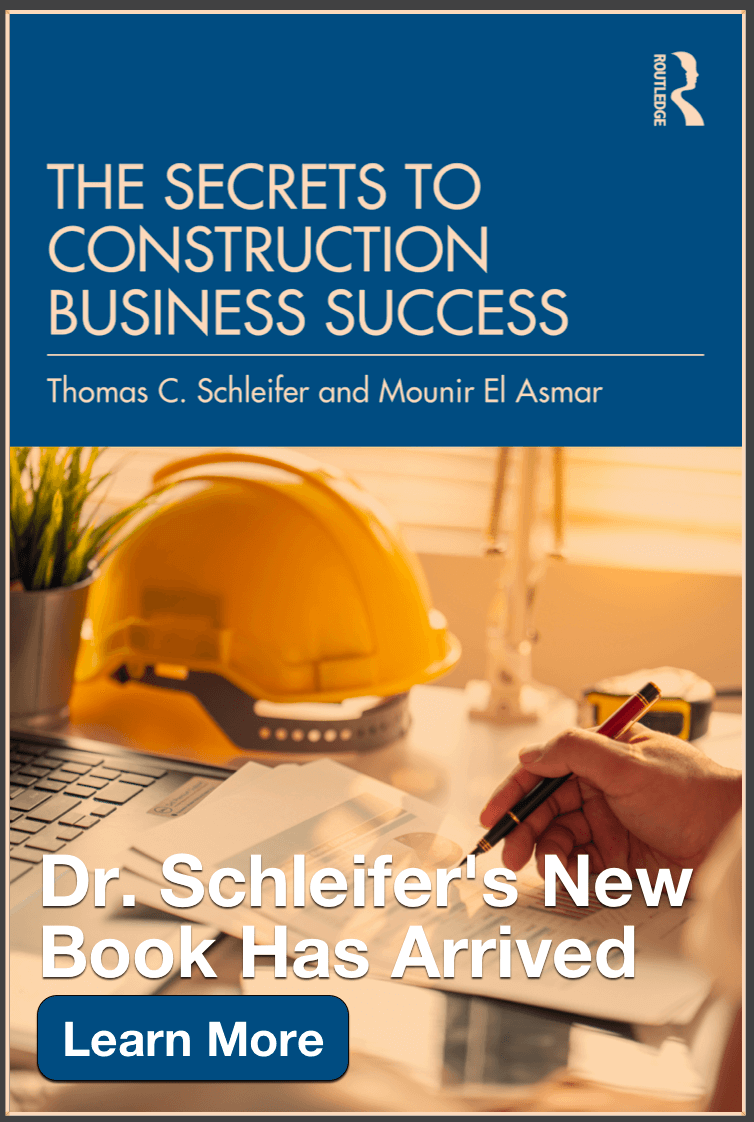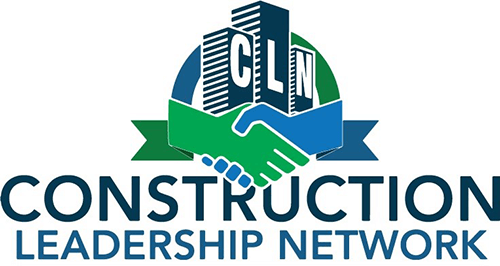
Risk management begins with recognition, proceeds to evaluation, and ends with a detailed mitigation plan. This analytical process should begin at the project selection stage. After a contract is signed and a project is underway, if there is a negative impact from the project’s risk factors, it is already costing the contractor money, and it is too late to activate effective mitigation.
One of the unusual features of the construction business is that the business is not a continuum. Every project comes to an end and is replaced by a new project. In other words, contractors always get a chance to learn from their mistakes and correct themselves on the next project.
A Second Chance
During my adolescence I often found myself, for a variety of reasons, in front of the school principal. She would ask me what I had learned from the fight in the school yard or getting caught playing hooky. I would always reply, “I’ll never do it again?” Apparently disappointed with my answer, she would slowly shake her head and mutter, “Go back to your classroom and try to stay out of jail.” I realized many years later that it was her way of giving me another chance. For the rest of my life when I would suffer a personal or professional setback, I would pull myself together, rethink what I was trying to accomplish, and press on with renewed resolve. Thanks to that school principal.
Knute Rockne
Knute Rockne, the legendary coach of Notre Dame football, would call his players together after a loss and tell them “Here is the great thing about football. You always get another chance to win.” With great enthusiasm, he would immediately begin to prepare his team for the next game, never emphasizing why they had lost the last game but rather what they would do differently to win the next. This subtle shift in emphasis was his winning formula. By turning every setback into an opportunity, he replaced the energy-burning regret and remorse of “losers” with the uplifting expectation of winners. Knute Rockne’s “second chance” philosophy put little Notre Dame College in South Bend, Indiana at the pinnacle of college football for decades.
Construction Contracting
As I have pointed out over these past four weeks, managing a construction company is like coaching a football team. Contractors are challenged to make a profit completing one contract after another. No two contracts are exactly alike. Each harbors its own web of financial risks, and the contractor must prepare his team to complete each one successfully.
Over the past eight weeks we have been discussing the complexity of risk factors that are embedded in each contract and the preparation necessary to mitigate varying degrees of risk in each contract. Originally, I said going from one project to another was a risk multiplier, but I must admit I should have reminded us then to apply Knute Rockne’s insight to construction –“You always get another chance to win”.
The Ostrich Effect
When we fail to recognize and evaluate the risks in every project, we are prone to institutionalize our mistakes and fall prey to the tired belief –“That’s the way we have always done things”.
I believe that the shrinking profit margins the construction industry has experienced over the past 30 years are primarily due to a failure to recognize and price risk in advance of contract execution.
The impetus to get more work is buried deep in construction’s DNA. “Without the next job we’re out of business.” We contractors tell ourselves that we can intuit the risk in jobs we are considering and discount the negative impact on potential profits. We are eager to garner the cash flow from new contracts, so we tend to overlook risk factors that we believe simply “come with the territory”.
This, of course, is nothing more than the ostrich theory of business. The Ostrich Effect is the cognitive bias that avoids confronting negative or unpleasant information by pretending it doesn’t exist.
A contractor client I knew for many years visited his job sites as often as he could. While riding along with him one day I noticed a colorful cutout of an ostrich hanging from his rearview mirror. When I asked him what it was there for, he replied, “I look at it whenever I’m driving out to a jobsite because it reminds me to truly see what I’m looking at and not just assume everything is as it should be. It is some of the best business advice I ever got.”
Next Week we begin a series that will include organization behavior and development.
For more information on identifying risk factors, read more at: FACTORS
For a broader view about risk mitigation, read more at: MITIGATION
To receive the free weekly Construction Messages, ask questions, or make comments contact me at research@simplarfoundation.org.
Please circulate this widely. It will benefit your constituents. This research is continuous and includes new information weekly as it becomes available. Thank you.


